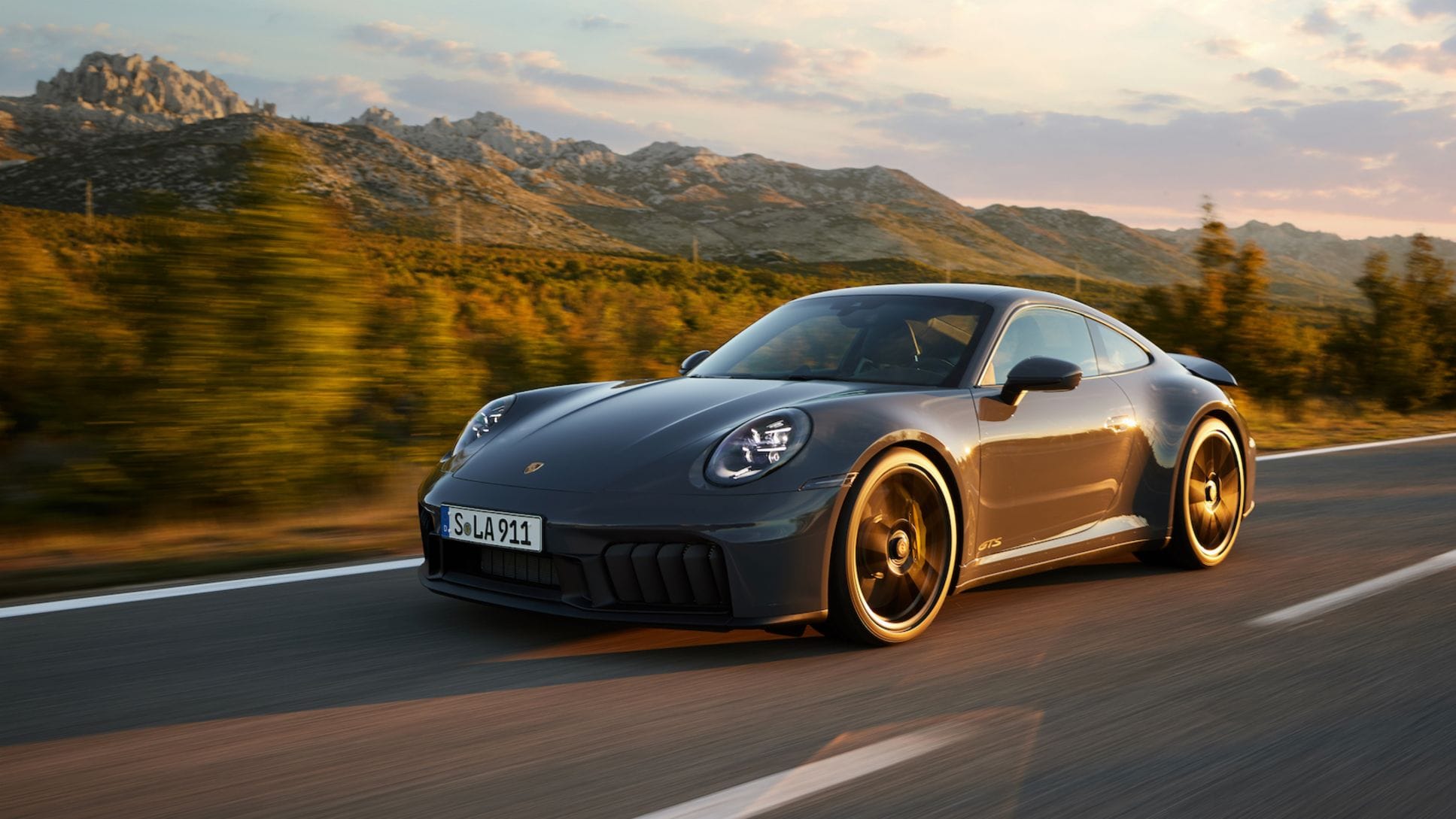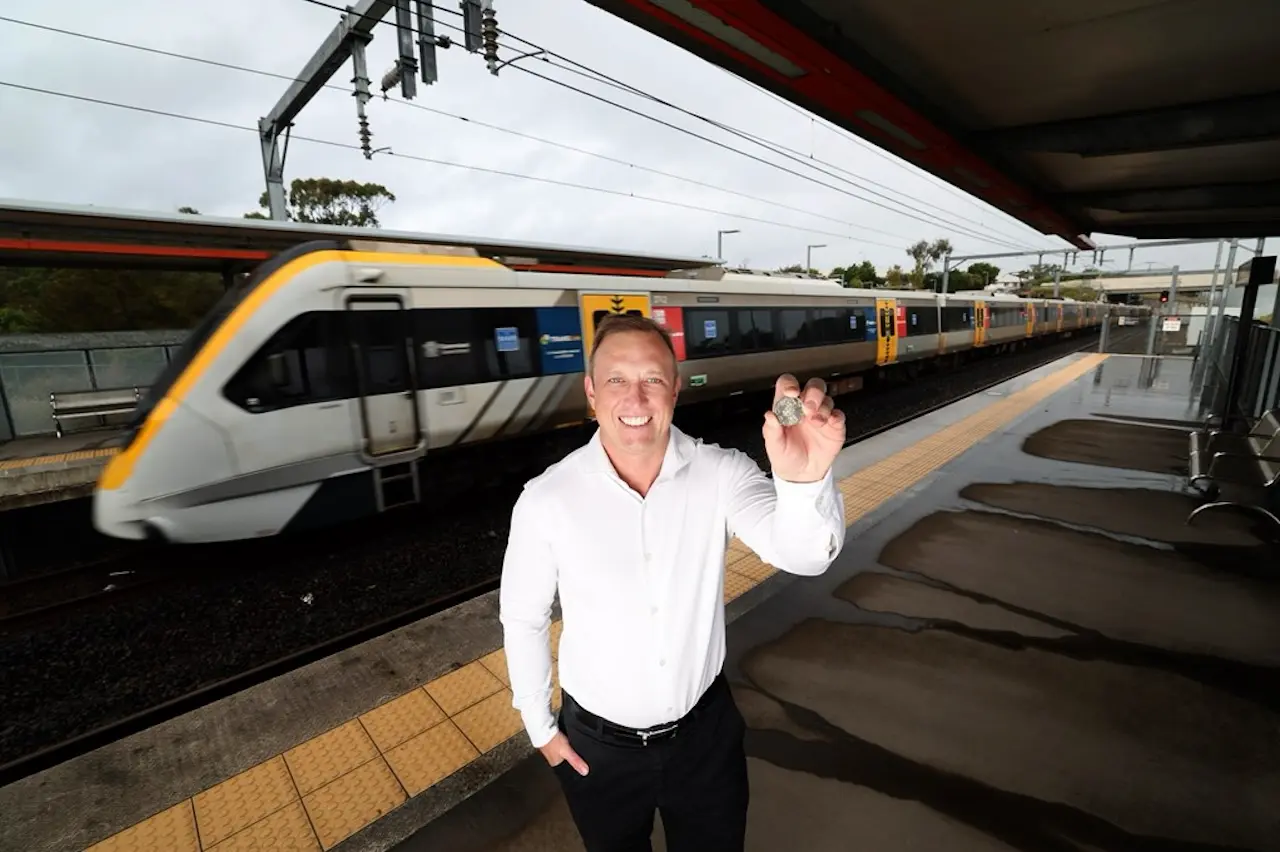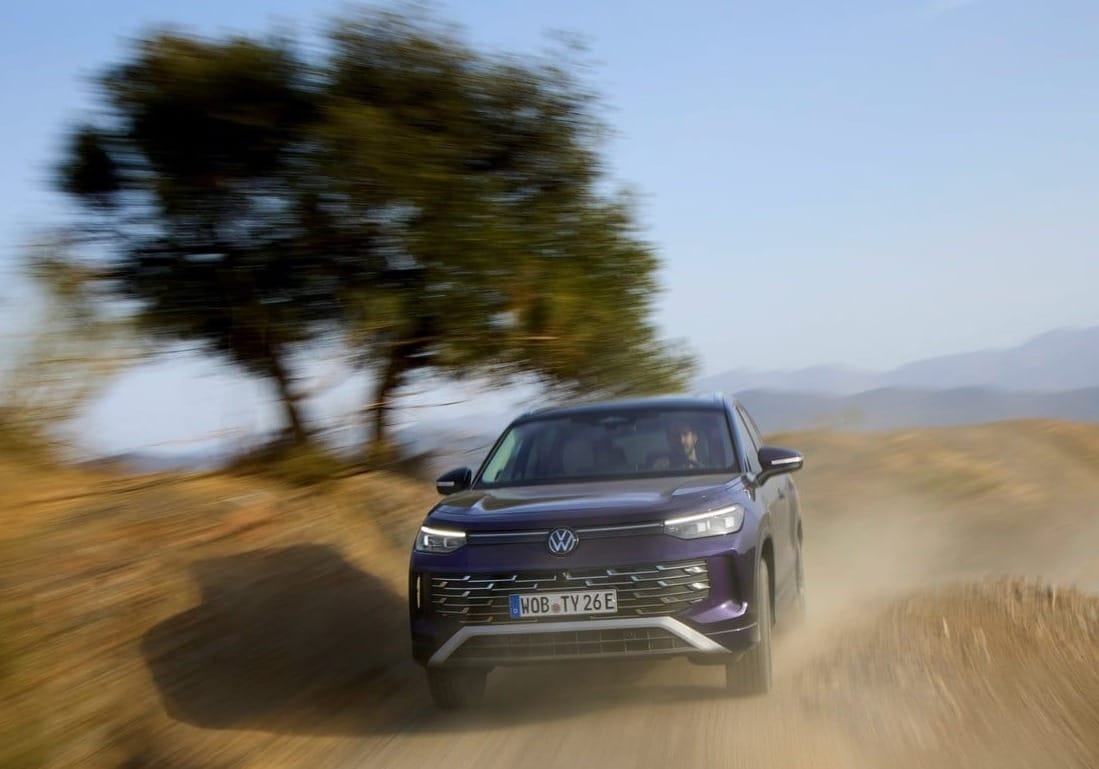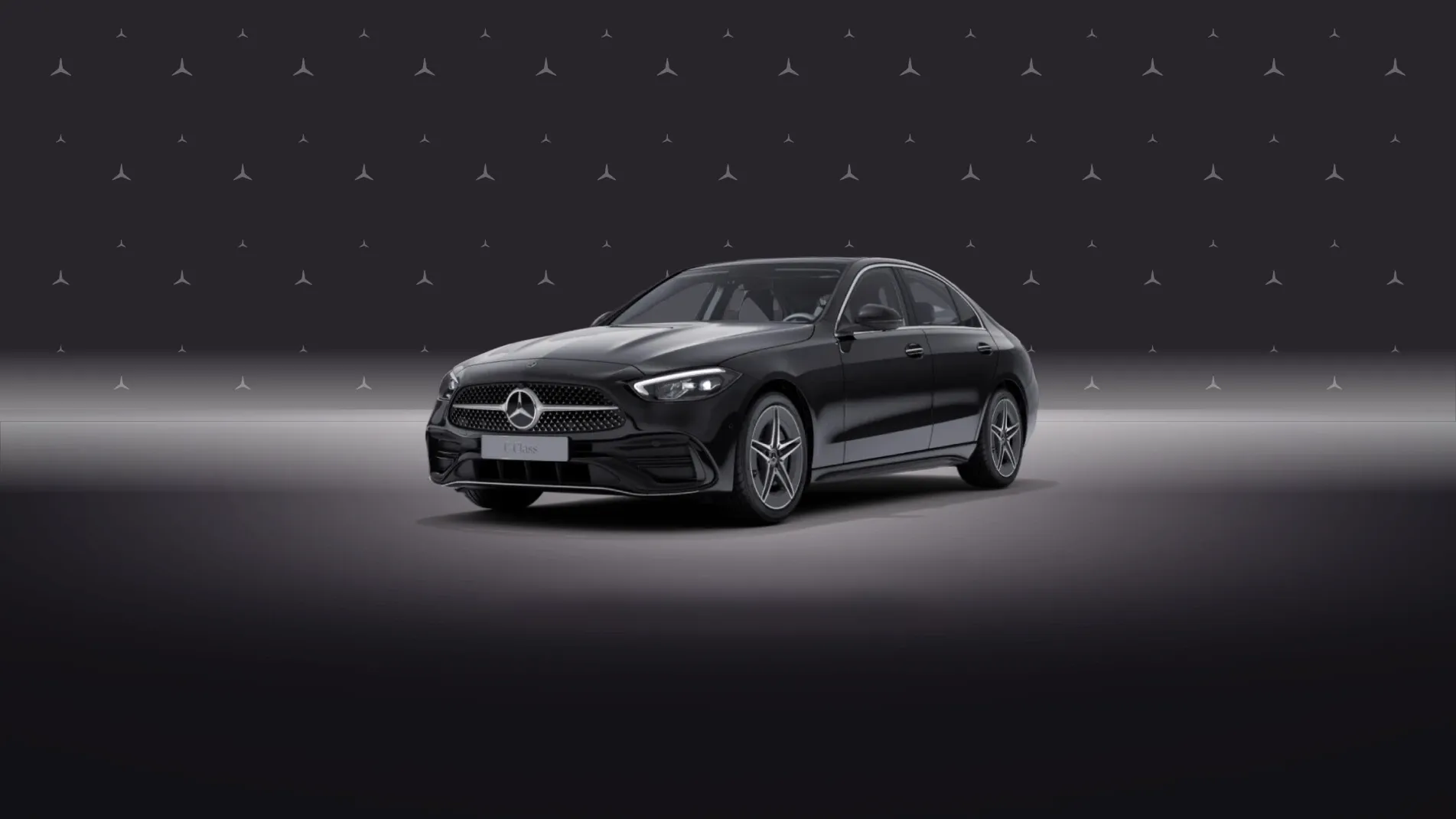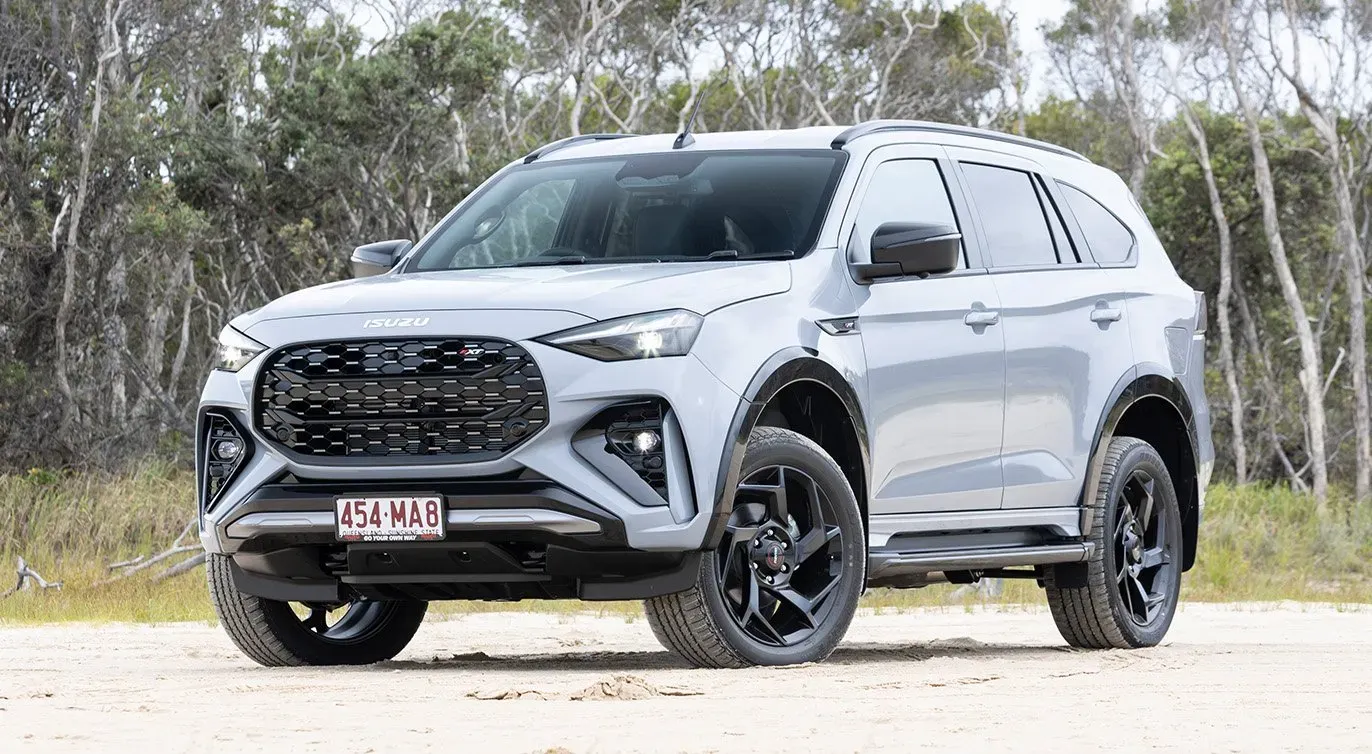Porsche is reportedly reevaluating its electrification strategy, with plans to potentially offer hybrid and combustion engine options for models previously slated to be fully electric, signaling a significant shift in the company's approach to the evolving automotive market.
Strategic Shift

Porsche's CFO Lutz Meschke has indicated a major change in the company's electrification plans:
- Considering hybrid or combustion engine options for planned electric vehicles
- Extending the lifespan of combustion engines beyond previous projections
- Reviewing product lineup, ecosystem, budgets, and cost positions
This shift represents a departure from Porsche's earlier aggressive EV adoption targets.
Market Factors


Several factors are influencing Porsche's decision:
- Slower-than-expected global transition to electric vehicles
- Structural shift in demand, particularly in the Chinese market
- Disparities in EV uptake across key markets (China, Europe, US)
Revised EV Targets
Porsche has adjusted its electrification goals:
- Previously aimed for 80% of sales to be electric by 2030
- Now states it "could deliver" 80% electric if demand warrants
- Emphasis on flexibility to meet varying market conditions
Model-Specific Considerations

The potential changes could affect various Porsche models:
- 718 Cayman and Boxster successors still planned as purely electric
- Upcoming Cayenne generation may retain combustion options alongside electric
- Flagship K1 SUV still slated to be purely electric
- 911 and Panamera likely to continue with combustion engines
Industry Context
Porsche's shift reflects broader industry trends:
- Other automakers (Mercedes-Benz, Renault) also reassessing EV targets
- Challenges in customer adoption of electric vehicles
- Need for flexibility in product strategies
Porsche's reconsideration of its EV strategy highlights the complexities automakers face in navigating the transition to electric vehicles. By potentially offering a mix of electric, hybrid, and combustion options, Porsche aims to maintain flexibility in meeting diverse market demands while still progressing towards a more electrified future.



